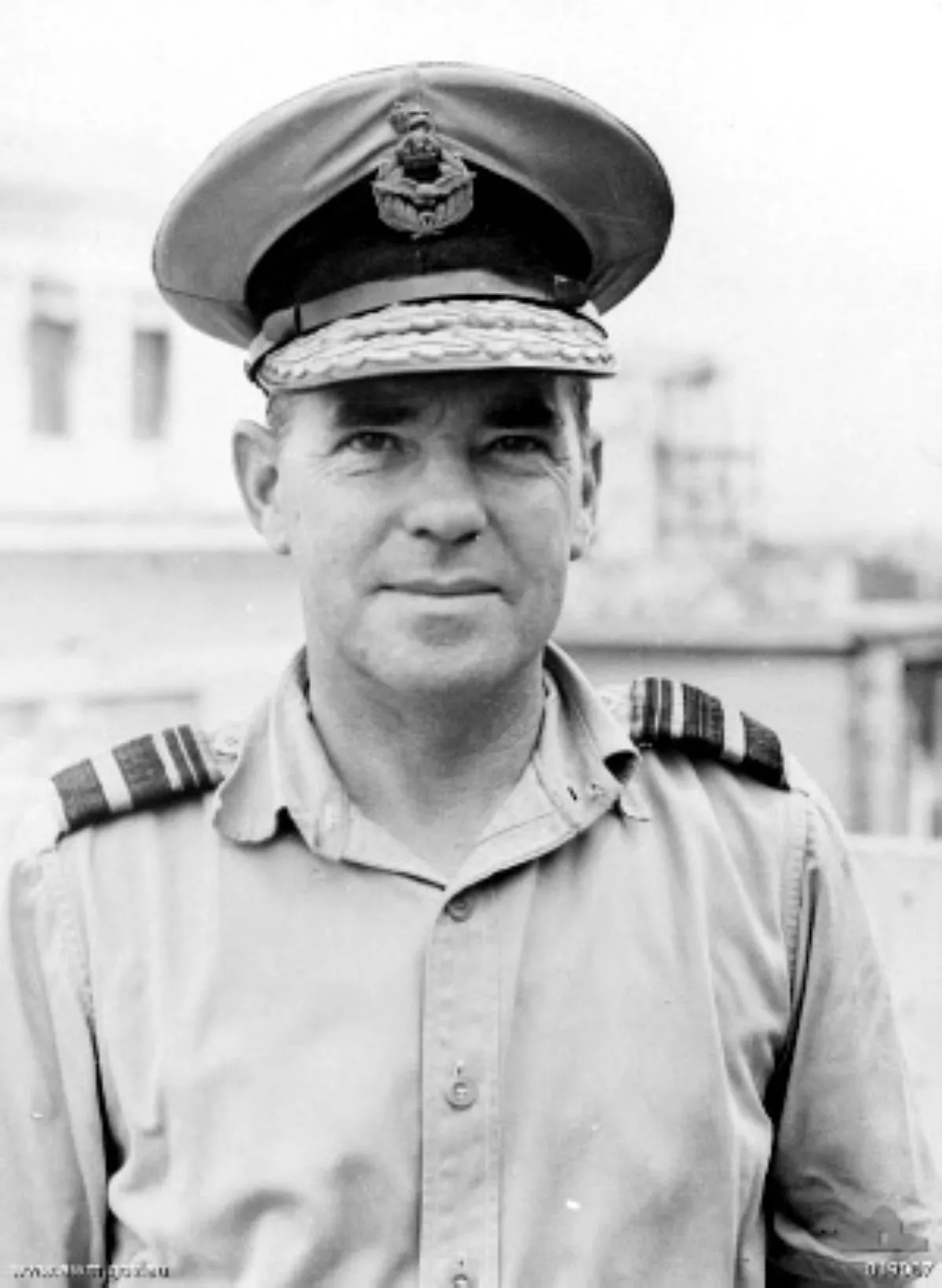 1.
1. The Deputy Chief of the Air Staff at the outbreak of World War II, William Bostock was considered a leading candidate for the position of Chief of the Air Staff in 1942 but was passed over in favour of Air Commodore George Jones, a friend of twenty years.